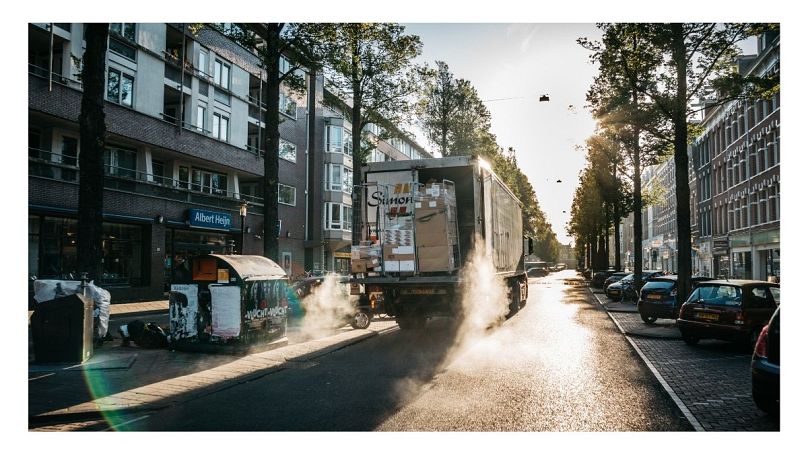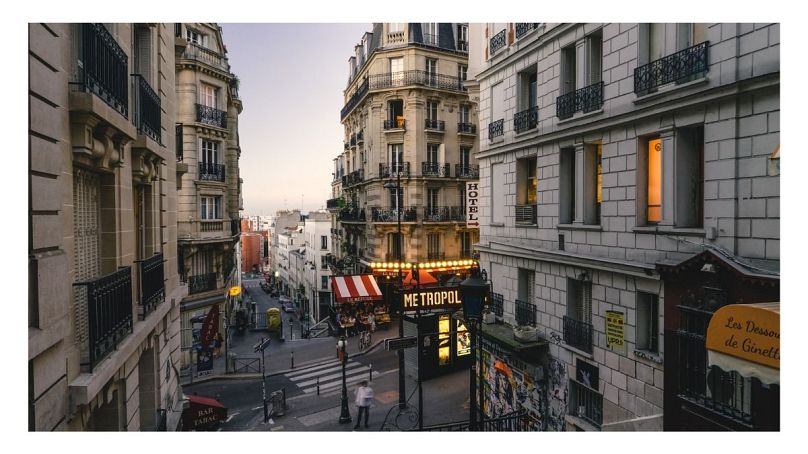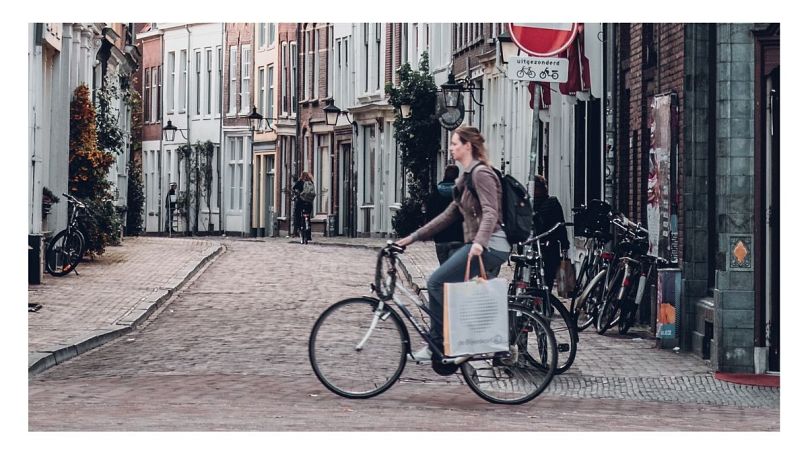A roundup of our favourite reads in sustainability this week.
Its week two of Plastic Free July and the Living team is well into our own experiment with living plastic free (more on that to come later!) Lets just say its not easy and we have been on the hunt for some #Goodreads to keep us motivated in our fight against the climate crisis. Our first article is certainly that, if these four teens can do it then so can we.
Our articles for this week also take a look at how fashion brands are mixing up their delivery methods for reduced carbon emissions, how living in a city might actually be better for the environment and examine Utrecht's bicycle first approach to town planning. Well, we're certainly inspired so go on, have a read and get yourself inspired too.
Meet 4 teen eco-activists hustling to save the planet — and the moms who make their work possible
Colour us impressed by these four young activists. They are writing books, leading campaigns, giving TED talks; one even takes calls about her non-profit on the bus home from school. Their relationships with their incredibly supportive mothers made our hearts soar so give this one a read if you are feeling disenchanted by everything environmental.
Source: The Lily
Going the extra mile: developments in sustainable delivery
Fashion brands contribute a huge amount of traffic pollution as they rush to get the latest items to customers as fast as they can. ASOS says 69% of its total greenhouse gas emissions comes from customer deliveries and returns alone. This article looks at how brands are innovating to reduce these unexpected carbon emissions.
Source: Drapers Online
The Surprising Ways Big Cities Are Good For The Environment
Living in a big city makes us acutely aware of things like air quality and waste but this article shows us some ways that urban environments can conserve natural resources. Lots of unexpected things contribute to the increased sustainability of city living.
Source: HuffPost
How Utrecht Became a Paradise for Cyclists
Holland is well known for being a country that puts cyclists first but many of us think of Amsterdam as its most bike friendly city. Here Utrecht is given the spotlight as a haven for those choosing to travel by bike and it has certainly made us think what our own cities could be doing to make cycling a more inviting method of transport.
Source: Citylab
Why fashion is doing business in Afghanistan
Making jewellery in countries recovering from the effects of war is an incredible challenge. This article looks at how artisan crafts are helping those worst affected to rebuild their lives.
Source: Vogue Business














